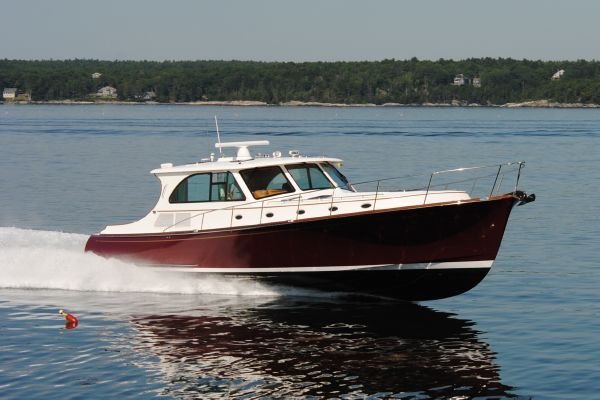Suppose one finds a boat with a few hand-sized blisters. How long might they exist without getting worse to the point of failure or leaking? How long or how far might experienced cruisers cruise with hull blisters?
My boat had hydrolyzed through 5 layers of mat and roving on the starboard side, 6 feet by 6 feet. It had other smaller and less deep spots also.
The surveyor did not note anything other than many minor blisters.
I ground the whole bottom off, including the gel and mat layer, relaminated the deep spots, and recovered the whole bottom with a layer of cloth and epoxy. Finished with barrier coat.
5 years later, not a blister and she lives in the water year round.
I read up a lot on osmosis and hydrolyzing of laminates. Most of the misguided info I got was from boat forums. Some readings and research into the composite underground storage tank and piping industry was eye opening. Even many boat yards had uninformed views of the problem. A few yards that specialize in peeling and bottom work seem to be on the same page with each other and seem to agree with outside industries on composite issues.
Not designed to be a scare post, just informing that it is possible to have something worse than blisters, a survey may not tell you and that it isn't the end of the world (well it might have been had I had to pay $30,000 for a bottom job on a $55,000 boat).
The boat made it from Southern Florida to NJ without the starboard fuel tank falling through....but a full trash can full of hydrolyzed laminate under that fuel tank after making it to NJ didn't give me warm and fuzzies.
Just goes to show you something tiny can sink your boat or destroy it by fire, yet big scary things may not. Go figure.


